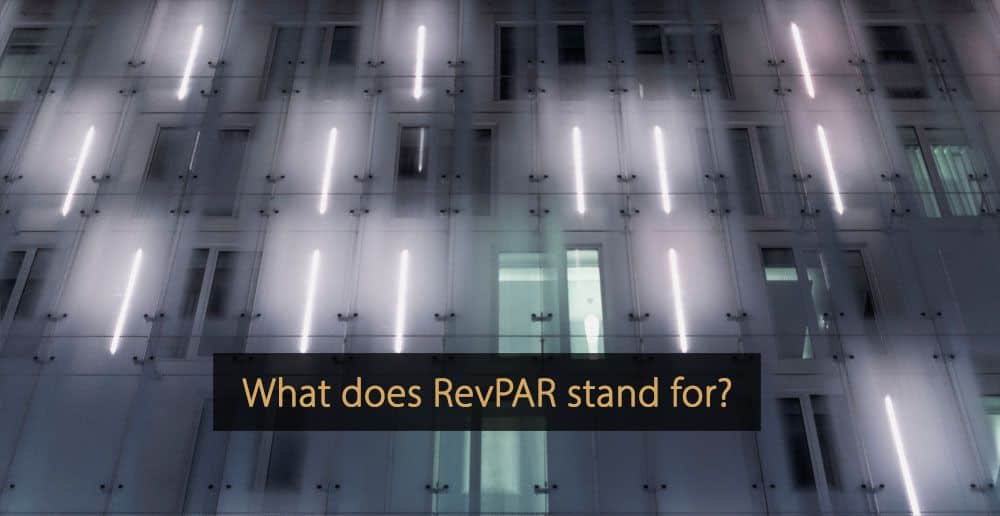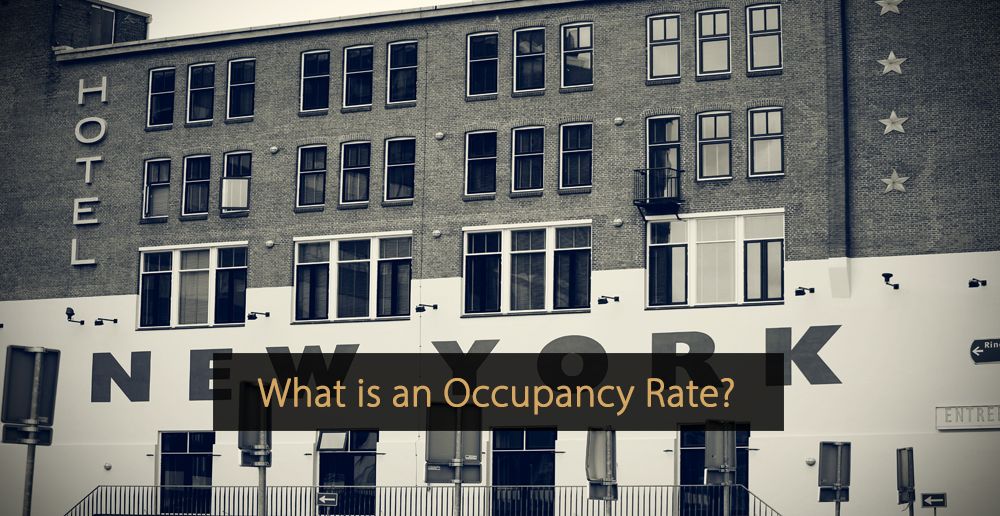Revenue per available room, or RevPAR as it is usually shortened, is a KPI used within the hotel industry to assess financial and business performance. As a metric, it concerns both room revenue and occupancy rate, which makes it an important indicator of a hotel’s overall performance and a valuable component of a revenue management strategy.
What Does RevPAR Stand for?
Essentially, RevPAR measures a hotel’s average daily rate and its ability to fill rooms. Revenue management is essential because it clearly shows current performance and how much a hotel can charge for its rooms.
Hotels should aim to increase their RevPAR as much as possible because an increase suggests an improvement in occupancy, revenue, or both.
What Is the Importance of RevPAR?
In addition to asking ‘What is RevPAR?’, it is also a good idea to consider why RevPAR exists and contemplate its value. RevPAR is one of the most important performance metrics because it provides a great snapshot of a hotel’s overall success in selling rooms and doing so for the right price.
Tracking RevPAR over time can help a hotel understand growth, see patterns in demand, and determine the success or failure of different pricing strategies. That said, RevPAR has some limitations, such as focusing only on room revenue and not considering whether or not the hotel is profitable.
Video: What is RevPAR and How Can You Improve It?
How Do You Calculate RevPAR?
There are two possible ways to calculate the KPI revenue per available room:
RevPAR = Rooms Revenue / Rooms Available
RevPAR = Average Daily Rate x Occupancy Rate
What Is an Example of RevPAR?
So, what is RevPAR in practice? Depending on the information available, there are two ways to calculate it.
For instance, imagine a scenario where your hotel has 100 available rooms and an average daily rate of $200. You sell 50 rooms to give you a 50% occupancy rate, and you know you have made $10,000 in room revenue.
You can divide your room revenue ($10,000) by your total number of available rooms (100) to get $100, or you can take your average daily rate ($200) and multiply it by your occupancy rate (0.50) to get $100.
This also means you can calculate RevPAR even if you know only the occupancy rate and average daily rate or the total room revenue and the total number of available rooms.
What Is the Difference between RevPAR and RevPOR?
In the hospitality industry, understanding key performance indicators like RevPAR (Revenue Per Available Room) and RevPOR (Revenue Per Occupied Room) is crucial for effective revenue management. By differentiating these metrics, hoteliers can gain insights into both the overall economic efficiency of their room inventory and the revenue generation capabilities of occupied rooms.
| Metric | Definition | Calculation | Focus | Usefulness |
|---|---|---|---|---|
| RevPAR | Measures the average revenue generated per available room over a specific period, regardless of whether it is occupied or not. | Total Revenue from Rooms / Total Available Rooms | Utilization and pricing efficiency of all rooms. | Useful for evaluating overall performance, including effects of pricing strategies and room sales. |
| RevPOR | Measures the average revenue generated per occupied room, focusing only on rooms that are actually used. | Total Revenue from Rooms and Other Services / Total Occupied Rooms | Revenue generation efficiency from guests who actually stay. | Useful for understanding revenue from actual usage, including ancillary spends like food, spa, etc. |
Uses and Limitations
Owners can use RevPAR to adjust room rates to maximize revenue, making it a highly effective KPI for revenue management. If the occupancy rate is low, it may be a sign to reduce rates, while if occupancy is very high, there may be scope to increase rates. Nevertheless, RevPAR is calculated on a per-room basis, so it should be noted that larger hotels could have a lower RevPAR, but higher overall revenue.
Strategies to Maximize RevPAR in Hotel Revenue Management
Several strategies can help hotels boost their RevPAR metric, as outlined below:
Optimize Your Pricing Strategy
The RevPAR metric concerns room revenue, which means your pricing strategy can greatly affect results. For most hotels, the best approach is to adopt a dynamic pricing model, where room rates are adjusted based on demand. This usually means charging higher prices in high-demand periods and low prices in the low season.

Enhance the Guest Experience
What is RevPAR measuring in reality? It is the revenue you make per room in your hotel. So how can you increase the amount you charge without impacting customer satisfaction? One option is to improve the guest experience by providing excellent service, offering cutting-edge technology, and making the service more personalized. Customers are generally willing to pay more for a better service because they get value for money.
Make Operations More Efficient
While RevPAR does not measure profit, monitoring profitability and making operations as efficient as possible is still important. This means ensuring you minimize waste, reduce energy spending, keep the workforce at the right size, and find and fix any inefficiencies in your supply chain or inventory management.
More Revenue Management KPIs
KPI stands for Key Performance Indicator. With KPI, you can measure and identify areas of success and failure and trends related to demand and customer behavior. Besides RevPAR, other important Revenue Management KPIs are:
- What Is RevPOR?
- Hotel KPIs explained: ADR, REVPAR and GOPPAR
- What is an Occupancy Rate?
- What does EBITDA stand for?
- NRevPAR Clearly Explained!
- What is ARPA?
- What is TRevPar?
- RevPAR versus GOPPAR
More Tips to Grow Your Business
Revfine.com is a knowledge platform for the hospitality & travel industry. Professionals use our insights, strategies and actionable tips to get inspired, optimise revenue, innovate processes and improve customer experience. You can find all hotel & hospitality tips in the categories Revenue Management, Marketing & Distribution, Hotel Operations, Staffing & Career, Technology and Software.This article is written by:
Hi, I am Martijn Barten, founder of Revfine.com. With 20 years of experience in the hospitality industry, I specialize in optimizing revenue by combining revenue management with marketing strategies. I have successfully developed, implemented, and managed revenue management and marketing strategies for individual properties and multi-property portfolios.









Leave A Comment